Nintendo consoles: A history in pictures
- Published
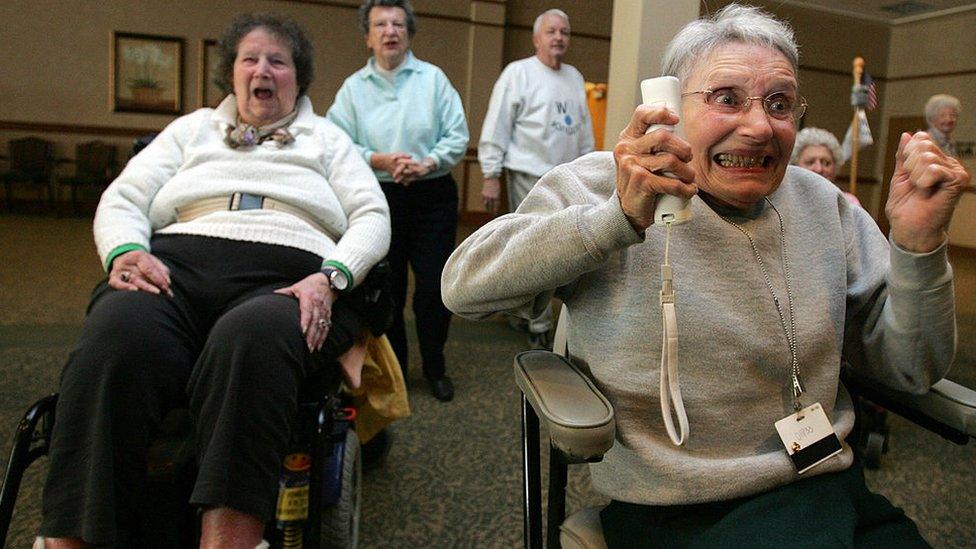
The Nintendo Wii was hugely popular - from retirement homes to living rooms
From the Game Boy to the Wii, Nintendo has created some of the world's most memorable games consoles.
Some were big hits, but others have been big misses.
Ahead of the release of its next games machine, the Nintendo Switch, these are the main devices that have brought players the likes of Super Mario, Tetris, Zelda and Pokemon.

Game & Watch
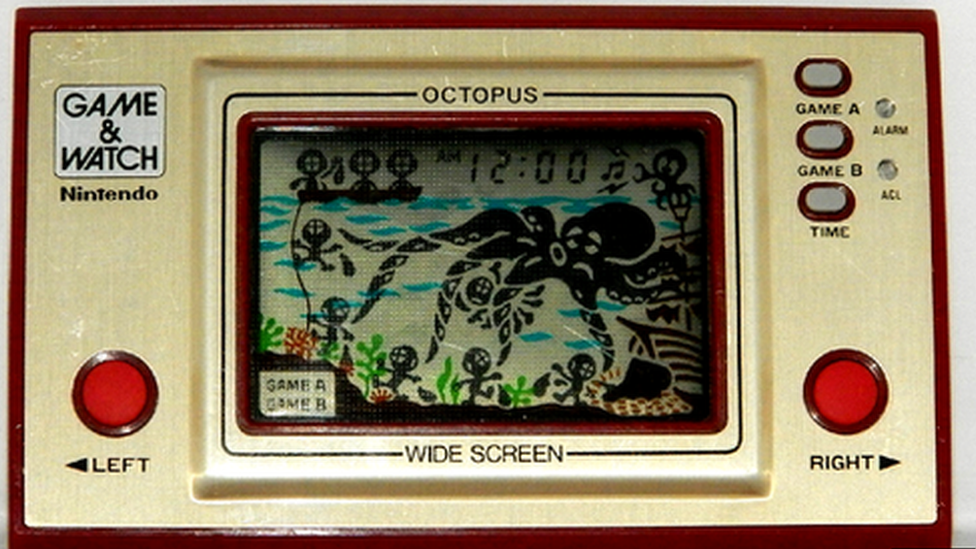
The Game & Watch range, launched in 1980, were many players' first handhelds
Released: 1980
Sold: 43.4 million
The Game & Watch was Nintendo's first breakout video game success.
Its inspiration came when developer Gunpei Yokoi saw a bored businessman punch buttons on a calculator to amuse himself on a train, says Katharine Byrne, news editor at video games publication MCV.
Up to that point, Nintendo had largely been a toy company. Its hits had included a Love Tester, which told couples how compatible they were.
But with the Game & Watch, it came up with a handheld console that introduced millions of players to now-longstanding Nintendo characters, such as Donkey Kong, Zelda and the Mario Brothers.

Nintendo Entertainment System (NES)
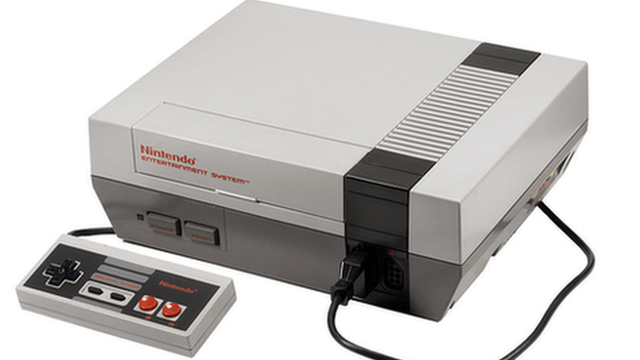
Nintendo sold the NES as a premium video games console
Released: 1985 (first released as Famicom in Japan in 1983)
Sold: 61.9 million
When Nintendo released the NES in North America, no-one thought it would succeed, says Tristan Donovan, a games industry writer.
"The industry had collapsed. There had been an enormous boom following the release of Space Invaders and Pac-man, but the bottom had fallen out of the market."
The company went ahead with the console anyway - which unlike the Game & Watch was hooked up to people's televisions.
It paid off. Towards the end of the decade, the NES had almost a complete monopoly in the US home video games market, Mr Donovan adds.

Game Boy

The Game Boy and block puzzle Tetris became synonymous in the 1990s
Released: 1989
Sold: 118.7 million
The next big hit was the Game Boy, which remains Nintendo's second-highest selling console, external.
"It brought hand-held gaming to the world," says Mr Donovan, author of the book, Replay: The History of Video Games.
That was despite "looking quite dated, even at the time", he says. The screen was in black and white, compared with Sega's Game Gear and Atari's Lynx.
"But it had Tetris and a long battery life," he adds, and went on to be one of the best-selling toys in the 1990s.

Super Nintendo Entertainment System (SNES)

The SNES was a big hit in Europe - along with Sega's Mega Drive
Released: 1990
Sold: 49.1 million
By the start of that decade, Nintendo faced growing competition for its NES console from rival Japanese games maker Sega.
Nintendo's answer was the Super NES, or SNES. "That was when it lost its stranglehold on the market, with Sega targeting older teenagers," says Mr Donovan.
Nintendo's strict policy against violence in its games gave it more of a family-friendly image, whereas Sega had more "blood and guts", with games such as Mortal Kombat.
Still, the SNES was a big success in Europe, where - together with the Mega Drive - it brought home video consoles into the mainstream, Mr Donovan adds.

Virtual Boy
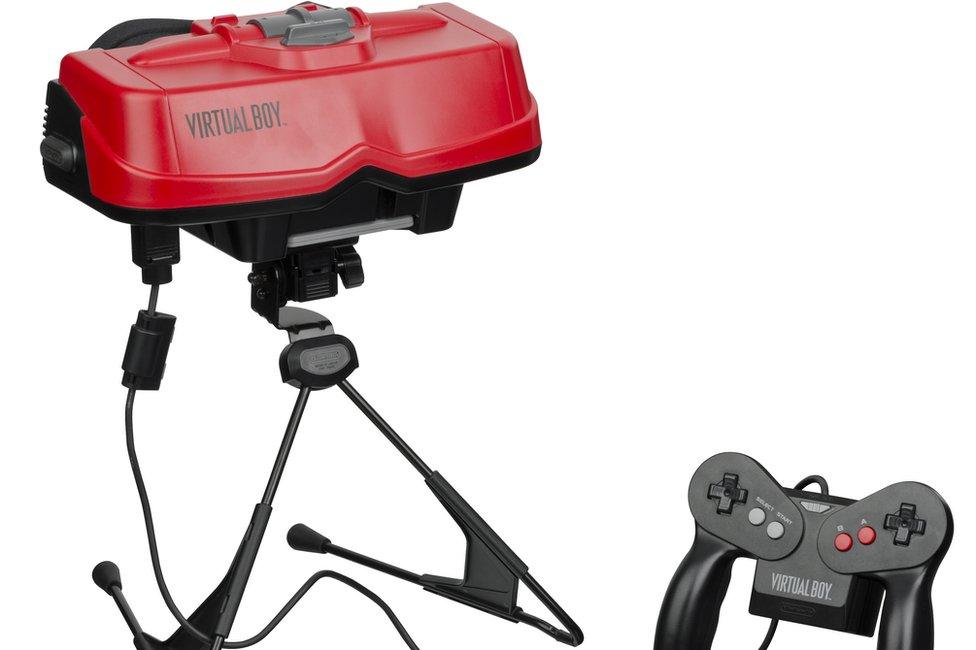
Gamers complained that Virtual Boy made them feel ill
Released: 1995
Sold: 770,000
Where the Game Boy and NES had been big successes, the Virtual Boy - Nintendo's virtual reality games console - proved to be a major dud.
The console was quietly discontinued about a year after it came out.
Among the issues, gamers complained of motion sickness and vomiting from the wraparound headset and black and red graphics.
Its failure also accelerated the departure of Nintendo designer Gunpei Yokoi, who along with creating the Game & Watch, was a major force behind the Game Boy, says Mr Donovan.

Nintendo 64
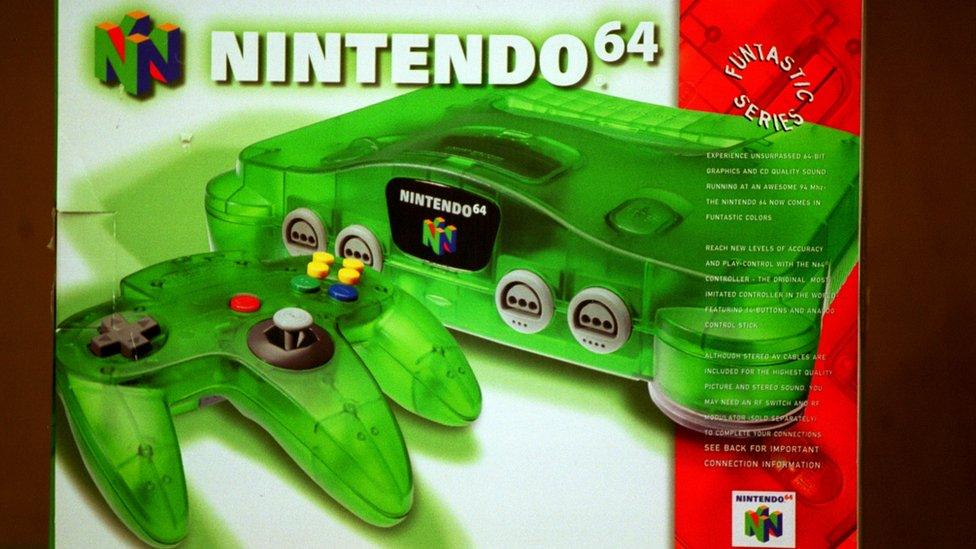
The N64 popularised multi-player gaming - but was still outsold by the PlayStation
Released: 1996
Sold: 32.9 million
By the time the Nintendo 64 came out, it faced another big competitor - Japanese electronics giant Sony.
The N64 enjoyed some success - with popular games such as Mario Kart and the James Bond shoot-em-up Goldeneye - but came second in sales to Sony's PlayStation.
One of the main criticisms was that N64 games still used cartridges, which were more expensive than the CDs used by Sony, says Ms Byrne.
Mr Donovan agrees, adding that Nintendo was also "outgunned" by Sony on marketing, timing and appeal to older players.

GameCube
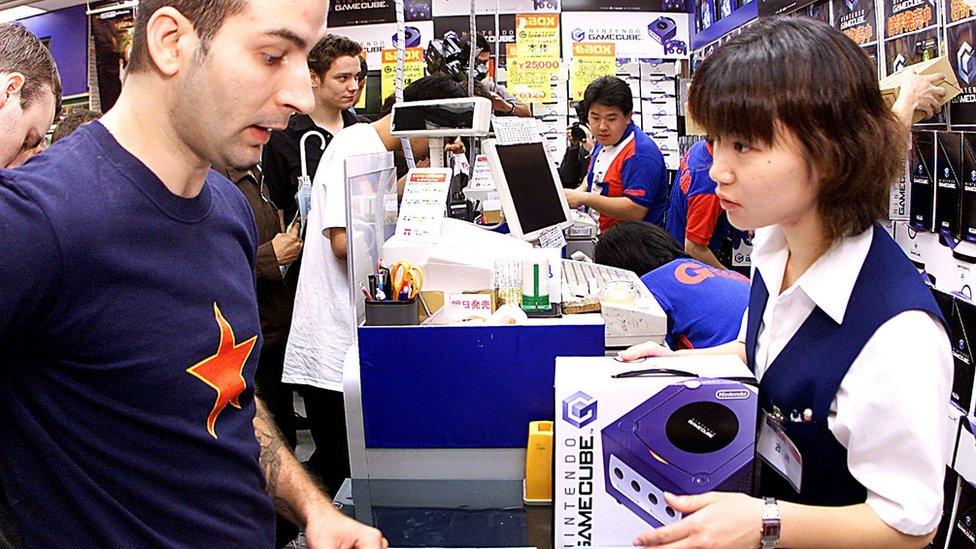
The GameCube failed to close the gap with Sony's PlayStation consoles
Released: 2001
Sold: 21.7 million
The GameCube saw Nintendo fall further behind Sony, selling about 22 million consoles compared with an estimated 155 million of Sony's PlayStation 2.
"Apart from looking distinctive, the GameCube didn't do much more than the N64. It was not one of their great ideas," says Mr Donovan.
It replaced cartridges with CDs, but was outflanked by the PlayStation 2, in part, because that console enabled users to play DVDs.
"The PlayStation 2 was the beginning of game consoles as home entertainment," says Ms Byrne. "It was two things in one, which helped it pull even further ahead."

Nintendo DS 2004
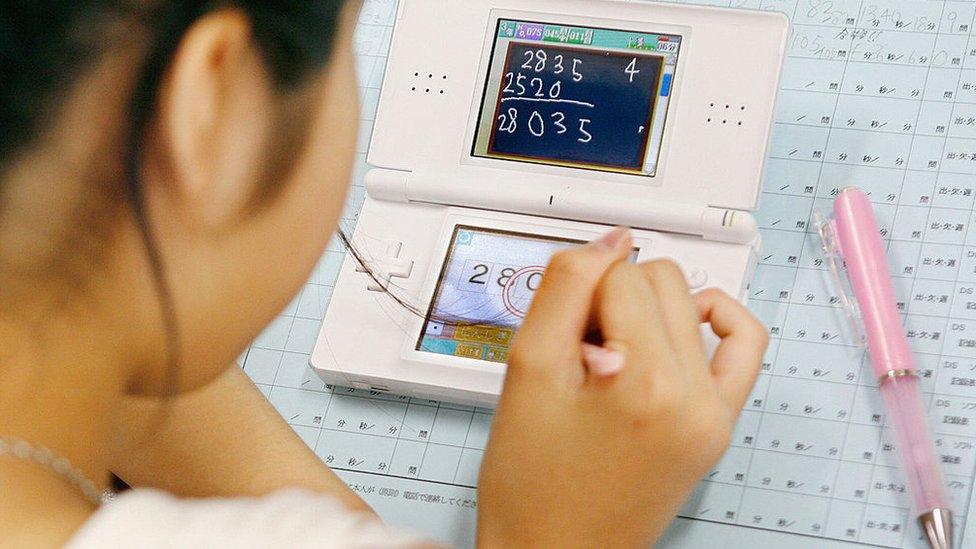
Seen as different to traditional games consoles, the DS found its way into the classroom
Released: 2004
Sold: 154.0 million
Then came the Nintendo DS - to date the company's best-selling console.
With adverts featuring actors Nicole Kidman, external, Julie Walters and Patrick Stewart, external playing its mind quizzes, the DS looked to appeal beyond traditional gamers.
It also did well with the core players of its handheld devices - "teens, tweens and children", says Lewis Ward, a gaming analyst at tech research company IDC.
"At that time, if you wanted to play a game on the move, there was no other place to go," he adds, with the boom in smartphones coming four years later.

Wii
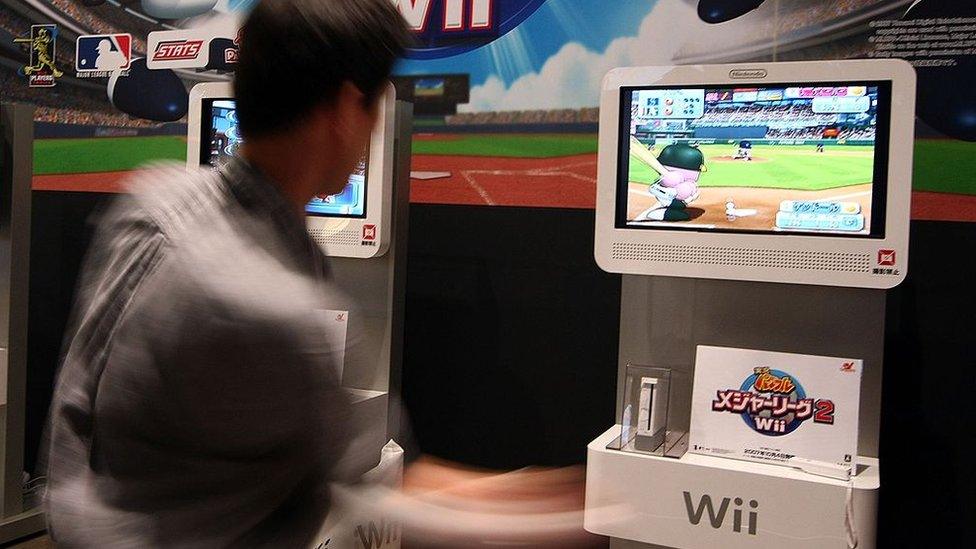
The Wii's motion sensors tracked a player's movements in the game
Released: 2006
Sold: 101.6 million
"A big part of Nintendo's strategy with the Wii was to make something mums wouldn't be annoyed at," says Ms Byrne.
Despite reports of the motion-sensor controls flying into TV screens, the strategy seemed to work.
The small white consoles and its games - which followed players' movements - had broad appeal, from retirement homes to office staff rooms, and helped Nintendo overtake Sony again.
"The innovation of motion controls was something so different and so fun for users of all ages that it reached people who had not previously thought of buying game consoles," says Mr Ward.

Wii U
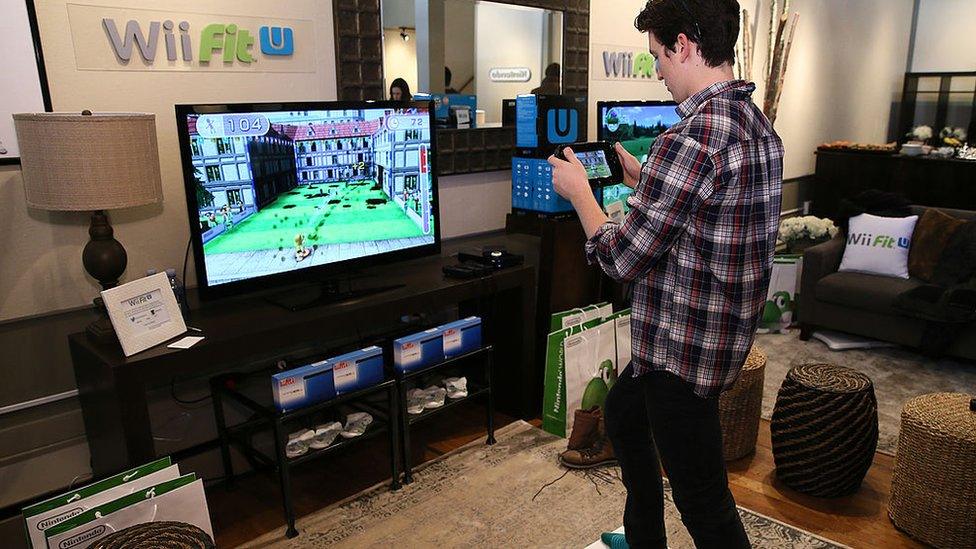
The Wii U has failed to live up to the success of Nintendo's previous console
Released: 2012
Sold: 13.4 million
The same could not be said, though, for the follow-up Wii U, which is the second worst-selling of Nintendo's main consoles.
There weren't enough non-Nintendo games available on it, Mr Ward says, and Nintendo failed to explain the benefits of the Wii U GamePad, which tried to popularise the idea of dual-screen gaming.
However, Seth Barton, editor of MCV, has another explanation.
If you look back through, from the N64 to the GameCube, then the Wii and after that the Wii U, Nintendo consoles are like Star Trek films, he jokes - every good one is followed by a bad one.
- Published16 December 2016

- Published15 December 2016
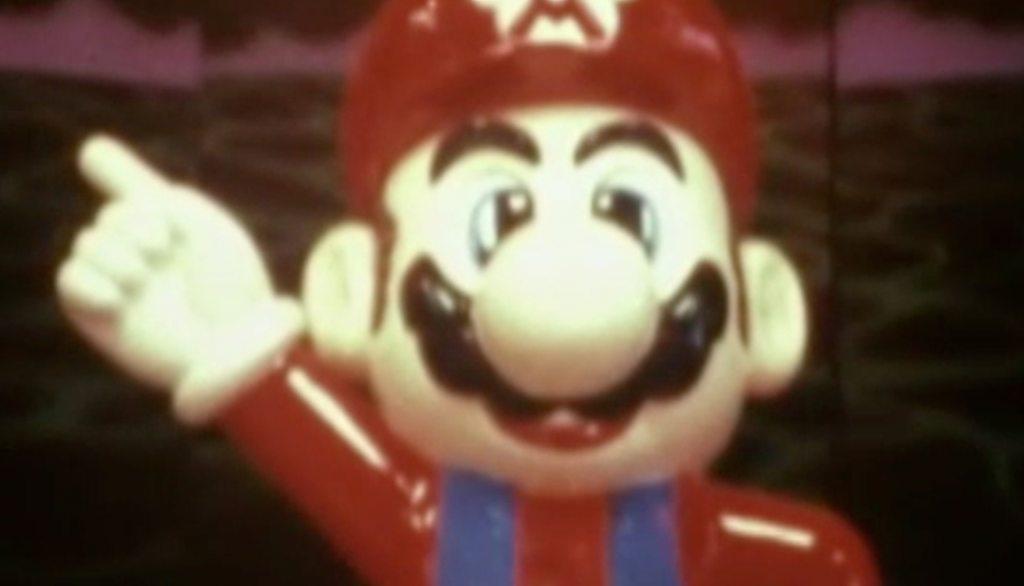
- Published26 October 2016
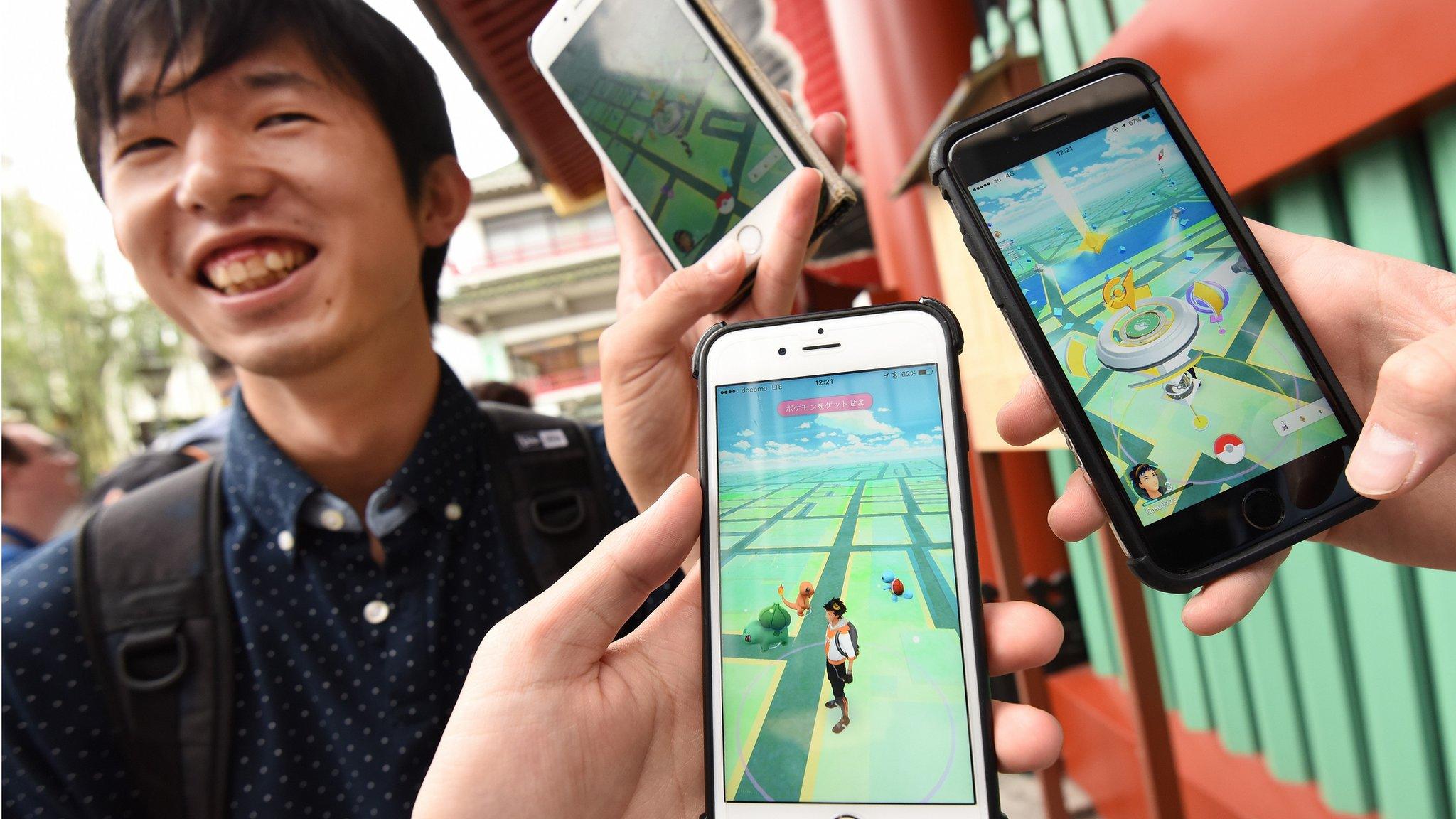
- Published20 September 2013
